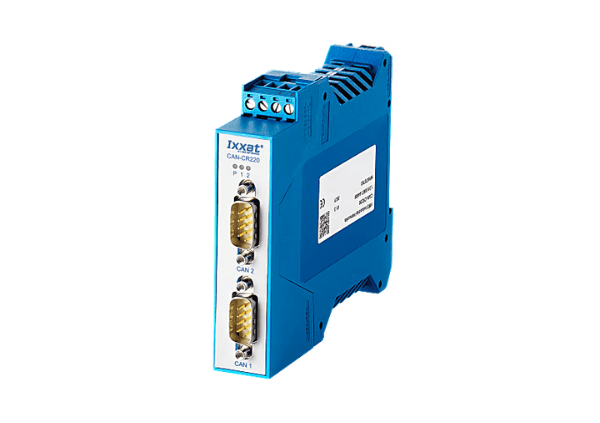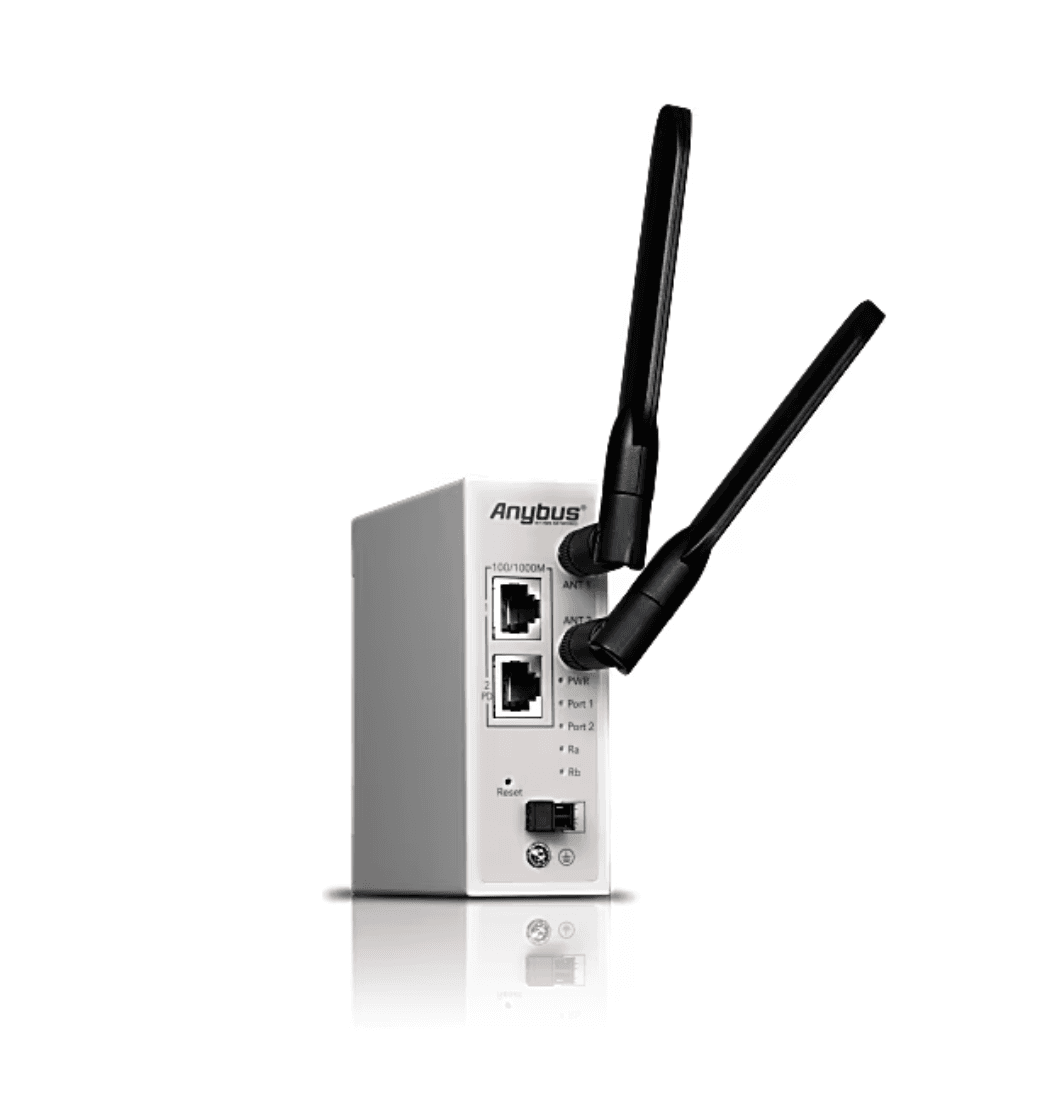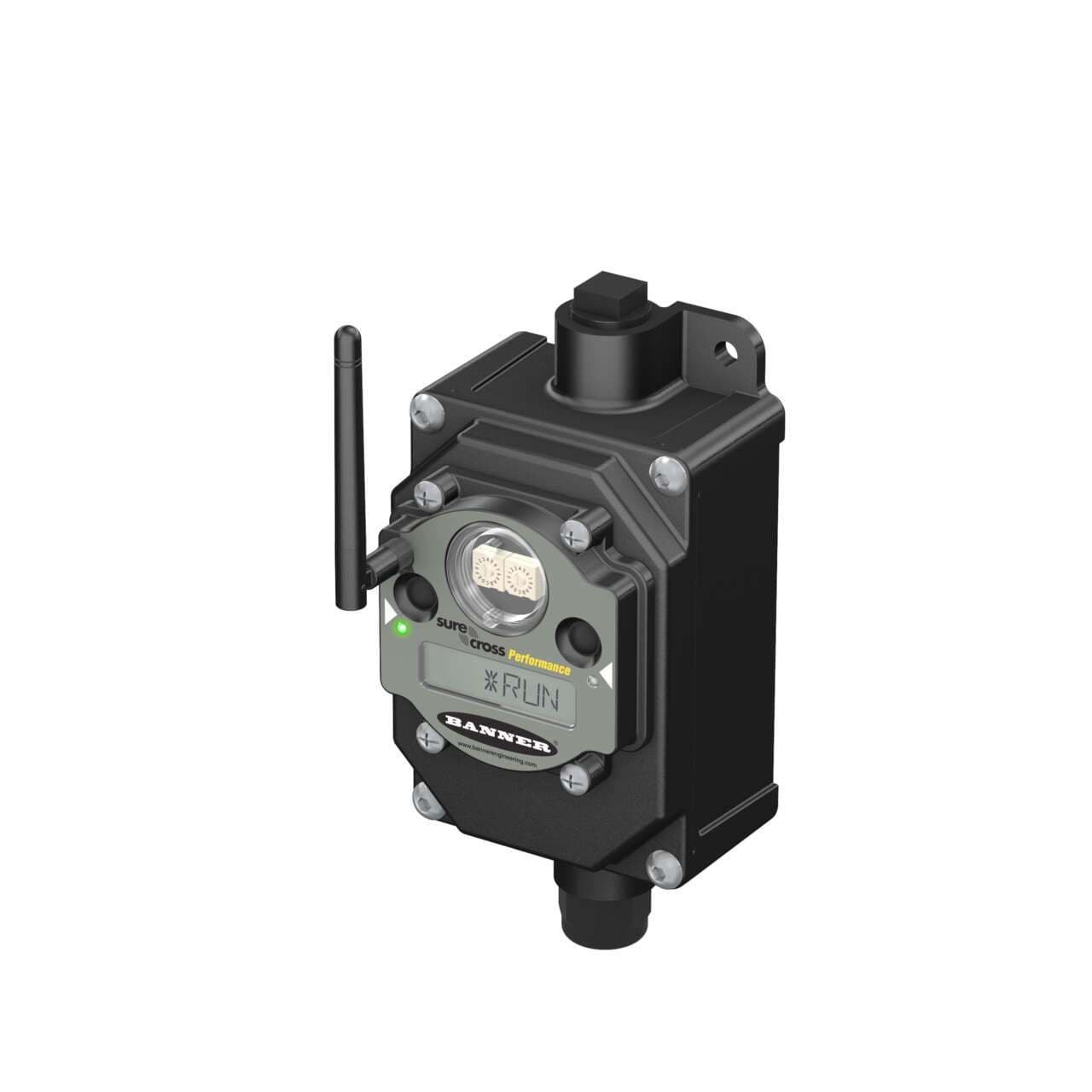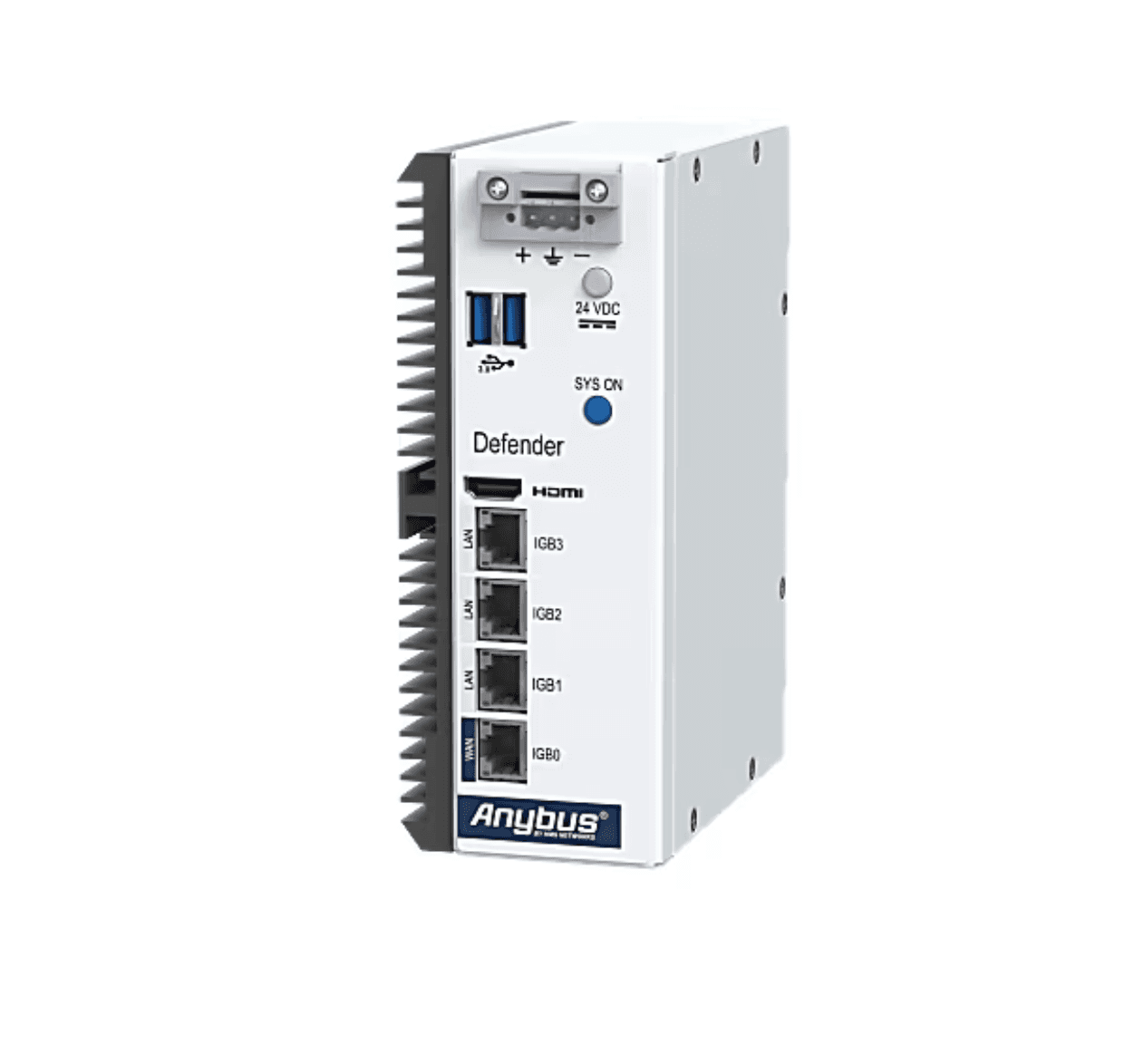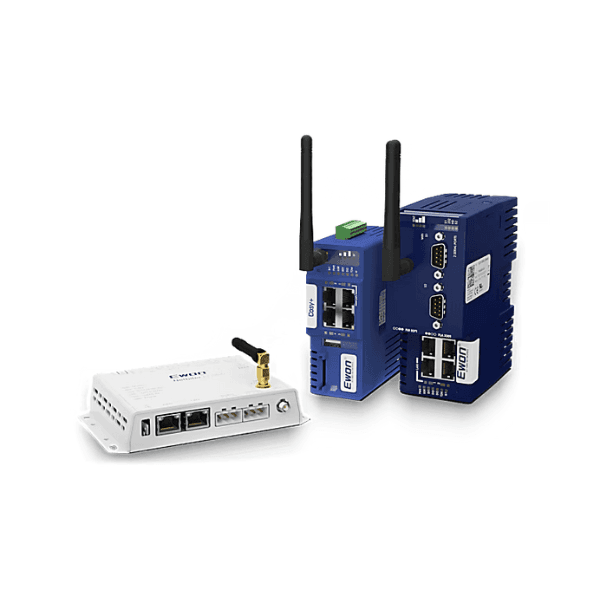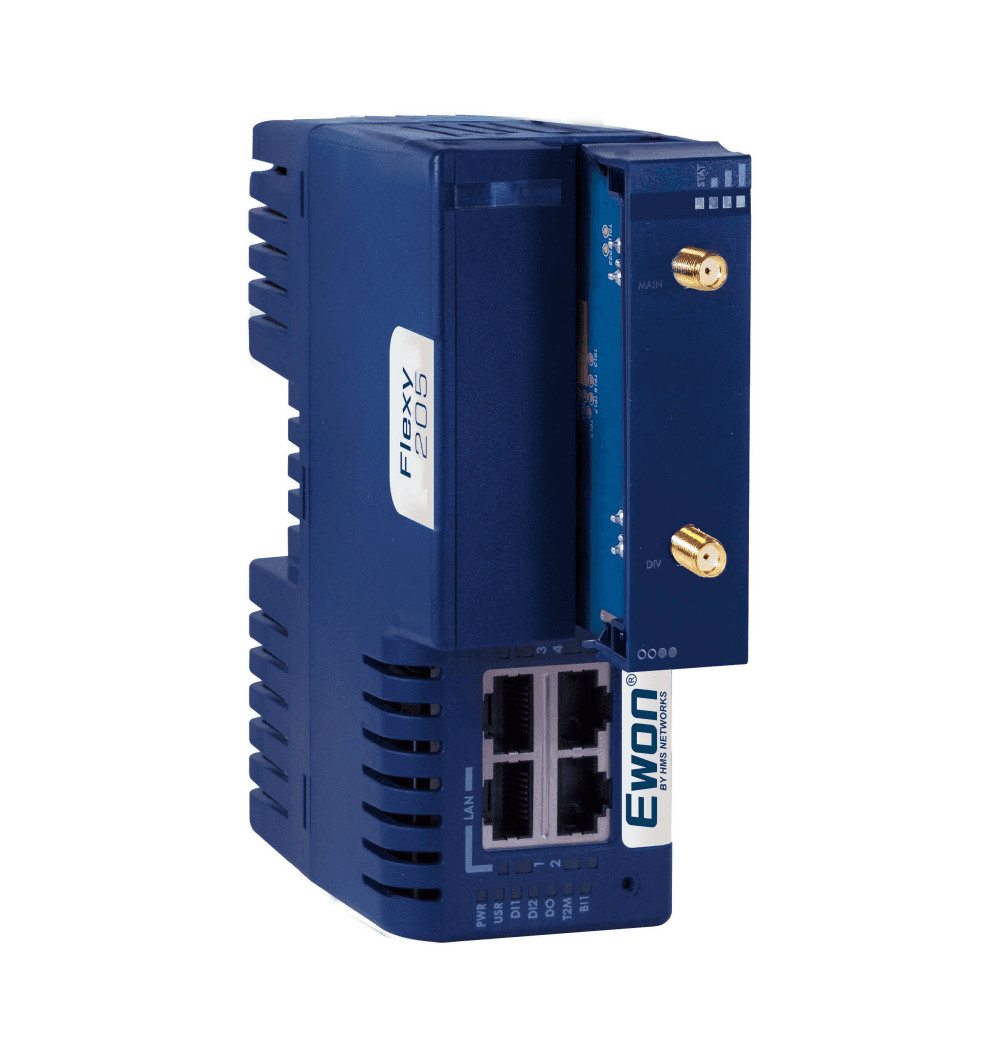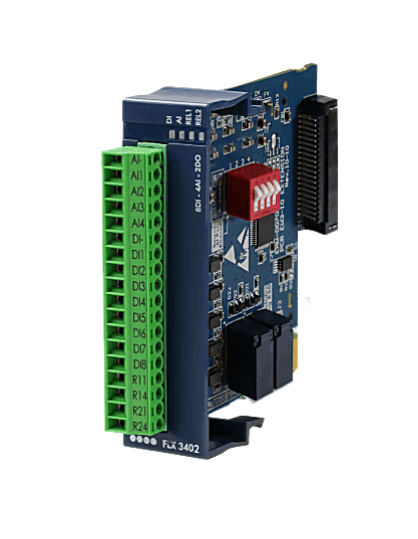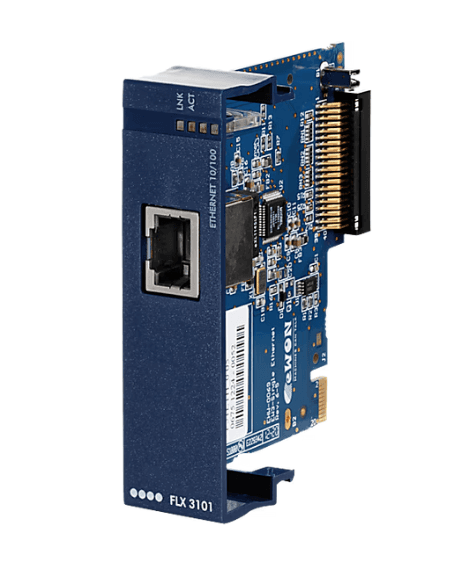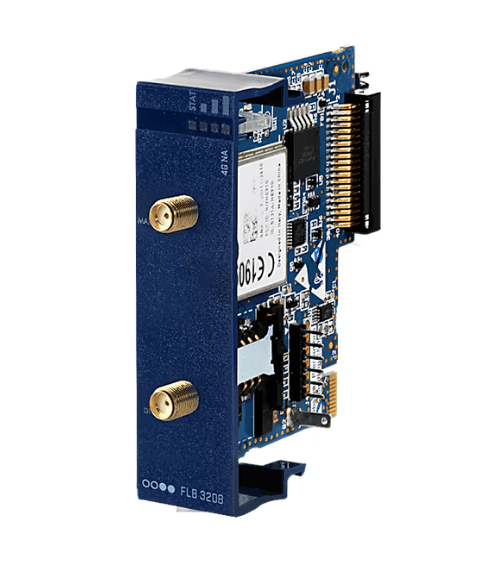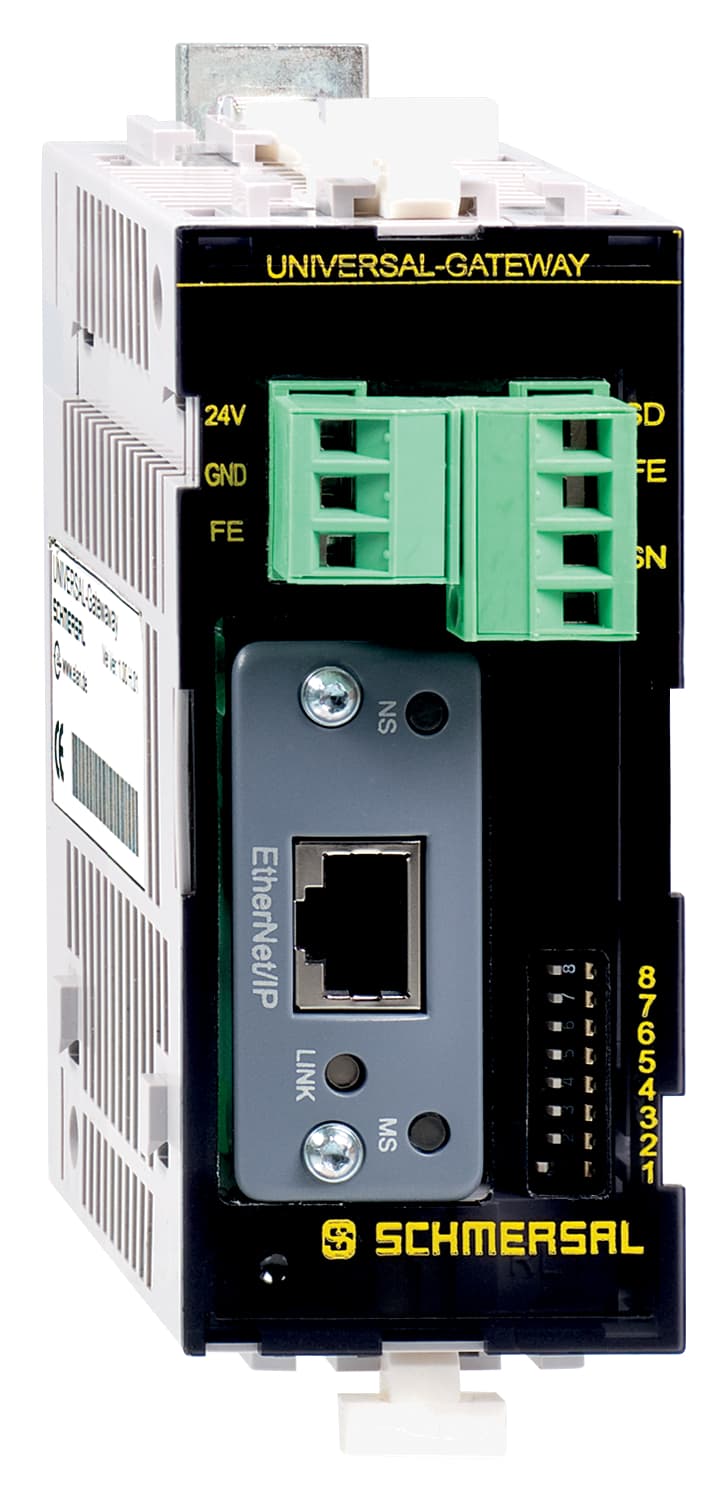Data & Networking Devices on Applied Automation
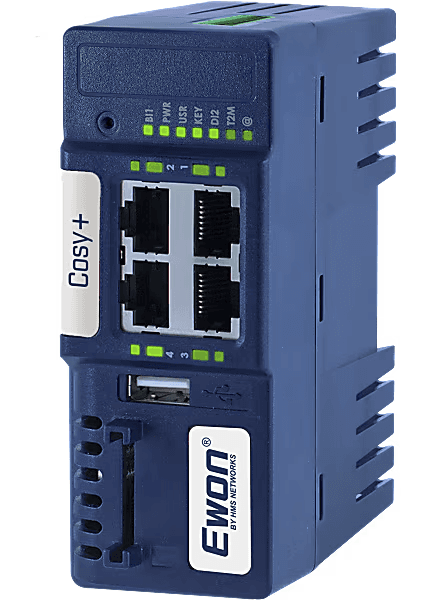
Data & Networking Devices
Devices for networking, which can be either hardware or software components, enable communication and data sharing among devices within a computer network. Their role is to create and sustain connectivity, improve the performance of the network, and safeguard data.
Data & Networking Devices
General Guide & Overview
Networking devices come in various forms and play distinct roles in a network's infrastructure. They enable the efficient transmission of data, enhance network performance, and ensure network security. By knowing the types of networking devices, their examples, and their place in a computer network, you can optimize your network's connectivity, reliability, and overall functionality.
By gaining knowledge about data and networking devices, you will be equipped to build a network infrastructure that best suits your needs. You can enhance communication, secure your network from external threats, and create a reliable environment for data transmission.
Types of Networking Devices
In the world of computer networks, various types of networking devices play a crucial role in establishing and maintaining seamless connectivity. These devices are designed to facilitate efficient data transmission, enhance network performance, and ensure network security. By understanding the characteristics and capabilities of these devices, you can make informed decisions when setting up and managing your network.
Bridges
A bridge is a networking device that connects two separate networks and allows them to communicate with each other. It operates at the data link layer of the network and helps in directing network traffic between different segments.
Hubs
A hub is a simple networking device that connects multiple devices within a network. It operates at the physical layer of the network and works as a central point for data transmission, allowing devices to share information.
NICs (Network Interface Cards)
NICs, also known as network interface cards, are hardware devices that enable computers to connect to a network. They are responsible for translating data into a format that can be transmitted over the network and receiving data from the network.
Modems
A modem is a device that converts digital signals from a computer into analog signals that can be transmitted over telephone lines or cable lines. It is used to establish a connection to the internet or other remote networks.
Repeaters
A repeater is a networking device that regenerates and amplifies signals to extend the reach of a network. It receives signals, cleans them, and boosts their strength before transmitting them to another part of the network.
Switches
A switch is a networking device that connects multiple devices within a network and forwards data packets between them. It operates at the data link layer and improves network efficiency by transmitting data only to the intended recipient.
Routers
Routers are devices that connect different networks and facilitate the transfer of data between them. They operate at the network layer and use routing tables to determine the best path for data transmission.
Firewalls
A firewall is a security device that protects a network from unauthorized access and potential threats. It monitors incoming and outgoing network traffic and applies security rules to prevent malicious activities.
Gateways
A gateway is a networking device that connects two different types of networks, such as a local area network (LAN) and the internet. It acts as an intermediary and enables seamless communication between the networks.
Data and networking devices play a vital role in the world of modern connectivity. These devices are essential for efficient data transmission, ensuring optimal network performance, and providing network security. By utilizing networking hardware devices and incorporating advanced networking devices, individuals and organizations can establish a robust and reliable network infrastructure.
Understanding the different types of computer networking devices is key to optimizing your network. Bridges, hubs, network interface cards (NICs), modems, repeaters, switches, routers, firewalls, and gateways all have specific functionalities that contribute to seamless communication between devices.
Choosing the appropriate devices based on your network requirements is crucial. Whether you need to connect multiple devices in a local area network (LAN), connect remote networks, or secure your network from external threats, selecting the right networking devices is vital. Staying updated with the latest advancements in networking technology will also ensure that your network remains efficient and secure.
In summary, data and networking devices are the building blocks of modern connectivity. They facilitate seamless communication, enhance network performance, and keep your data secure. By understanding the various types of computer networking devices and their roles in networking, you can optimize your network and ensure smooth and reliable communication between all your devices.
FAQ
Networking devices are hardware or software components that facilitate communication and data exchange between devices in a computer network. They help establish and maintain connectivity, enhance network performance, and ensure data security.
Examples of networking devices include routers, switches, hubs, network interface cards (NICs), modems, repeaters, bridges, firewalls, and gateways.
Bridges are devices that connect multiple network segments, allowing communication between devices in different segments. Hubs are central connection points that allow multiple devices to connect to a network. NICs, or Network Interface Cards, enable devices to connect to a network by providing the necessary communication interface.
Modems enable devices to connect to the internet by converting data signals between analog and digital formats. Repeaters amplify network signals, extending the reach of a network. Switches connect multiple devices within a network and facilitate efficient data transmission between them.
Routers are networking devices that direct data packets between different networks, enabling communication and data exchange between them. Firewalls protect networks by monitoring and filtering incoming and outgoing network traffic. Gateways connect networks with different protocols, facilitating communication between them.
Networking devices play a crucial role in network security by implementing security protocols, filtering traffic, and monitoring network activity. They also enhance network performance by optimizing data transmission, managing network traffic, and ensuring reliable connectivity.
When choosing networking devices, consider factors such as network size, requirements, capacity, and security needs. Consult with network professionals or providers to determine the most suitable devices for your specific network setup.
Yes, advanced networking devices include technologies like load balancers, VPN concentrators, network accelerators, and intrusion detection systems (IDS). These devices offer specialized functionalities to enhance network performance, security, and scalability.
Stay informed through technology news websites, industry publications, and professional networking events. Follow reputable networking equipment manufacturers and providers to learn about new products and technologies in the networking field.

